Conservation in Asia-Pacific: Year in Review
Rainforest Trust has had an exciting year of work across Asia and the Pacific. This region exemplifies our project diversity — and the importance of protecting habitat for some of the world’s most threatened species.
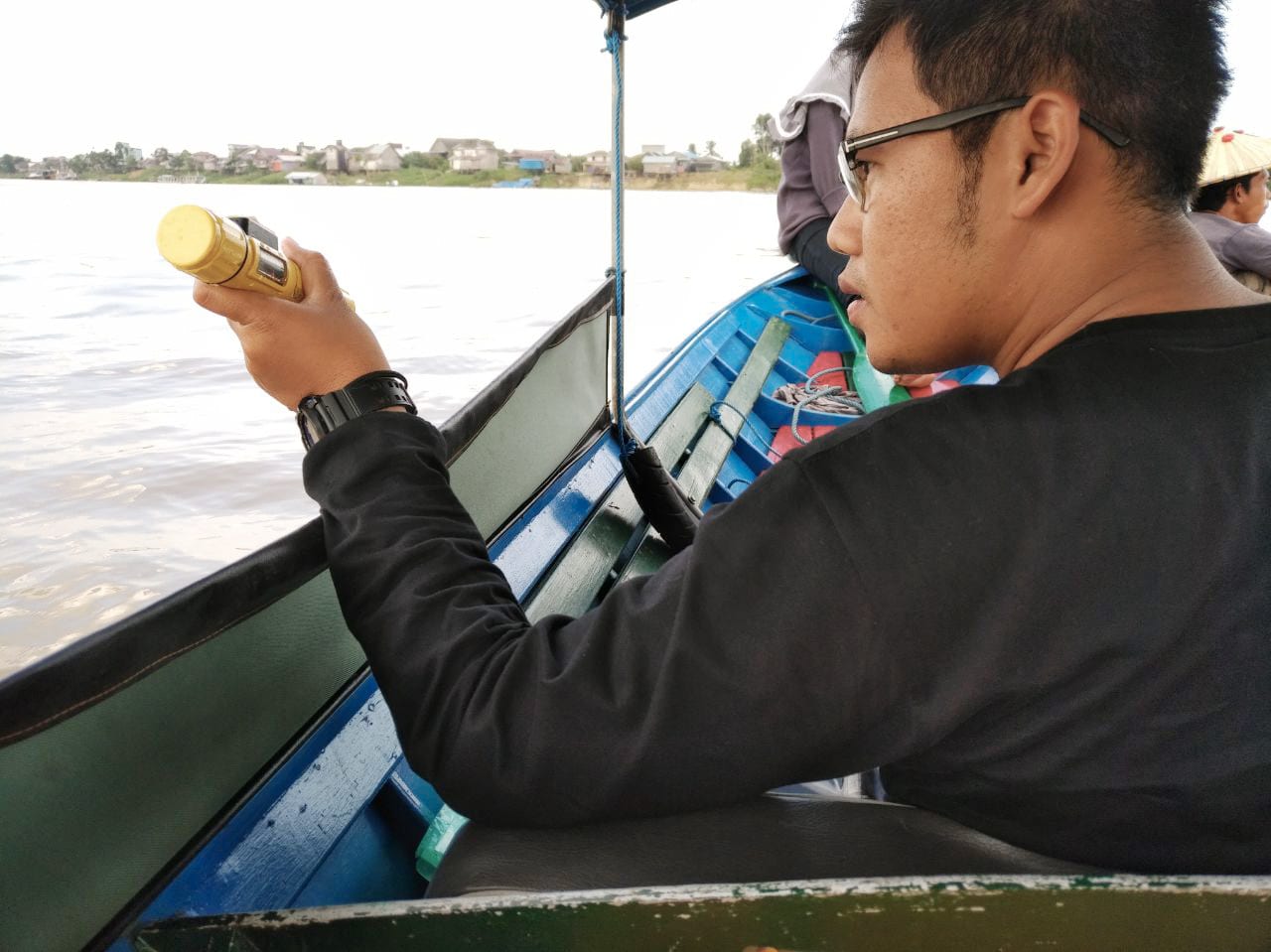
Rendra Bayu, a Rainforest Trust Conservation Fellow in Indonesia with our partner Yayasan Konservasi Rare Aquatic Species of Indonesia (RASI). Photo by RASI.
Rainforest Trust helped protect almost 800,000 acres in Asia and the Pacific this year. But, in contrast with most of our work, many of those acres weren’t on land. In June, we celebrated the first success in our project with Wildlife Conservation Society – Bangladesh to create a series of marine protected areas (MPAs).
The first one of these is the Nijhum Dwip Marine Reserve, a 787,772-acre MPA along the coast of the Bay of Bengal. These waters lie at the cumulative end of the Ganges, Brahmaputra and Meghna rivers, three of the most prominent river systems in South Asia. The MPA also abuts Nijhum Dwip National Park, a 40,000-acre coastal protected area home to threatened migratory shorebirds like the Endangered Nordmann’s Greenshank and Great Knot. Protecting the adjacent oceanic habitat expands this reserve’s conservation impact.
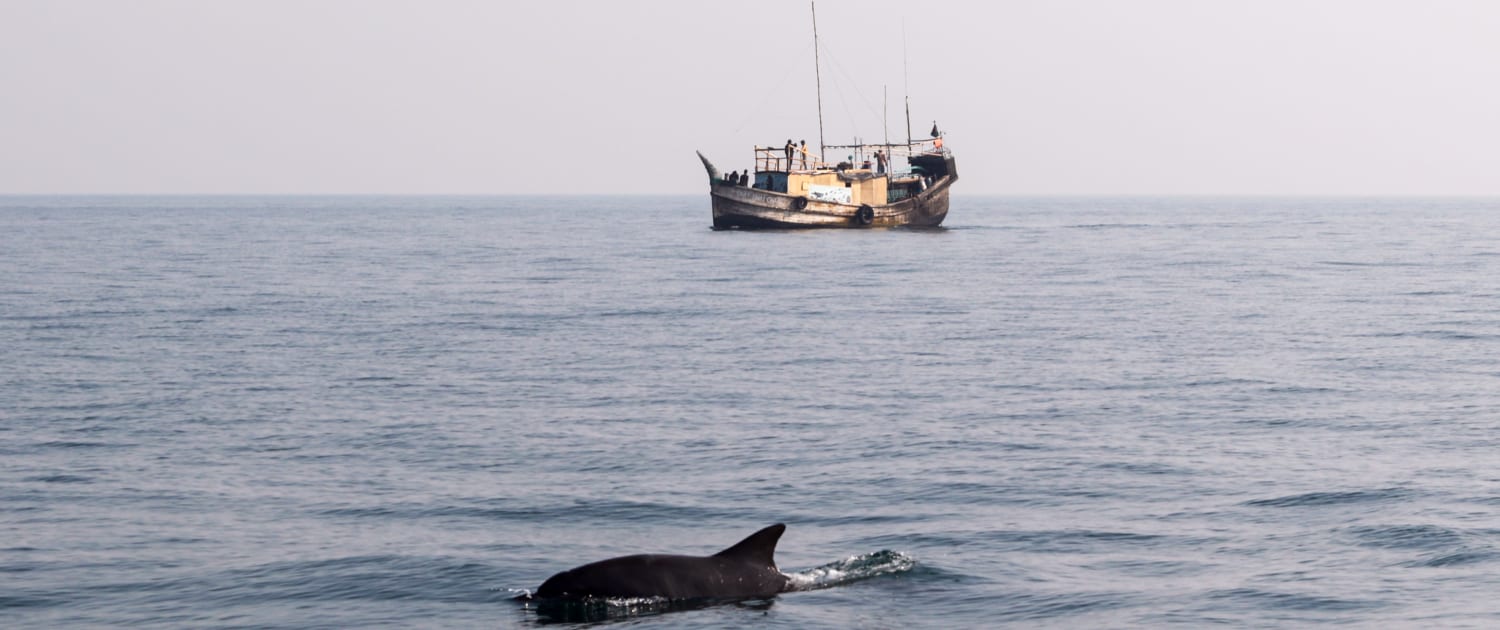
Bottlenose Dolphin and survey vessel along the coast of Bangladesh. Photo by WCS.
But Nijhum Dwip itself is home to a variety of marine species. Threatened species include the Critically Endangered Ganges Shark, Hawksbill Turtle and Largetooth Sawfish. Endangered Irrawaddy Dolphins, Olive Ridley turtles and Whale Sharks also occupy these waters. In addition, the MPA protects breeding ground for the Hilsa, or “ilish.” This fish species is important to both traditional Bengali cooking and the local fishing industry.
South of Nijhum Dwip, and across the Malay Peninsula, lies a much smaller — but no less important — coastal habitat that we helped protect this year. In the Inner Gulf of Thailand, Pak Thale Nature Reserve, comprising almost 20 acres of mud flats formerly used as salt pans, is a wintering site for migratory shorebirds. This includes the Critically Endangered Spoon-billed Sandpiper, one of the world’s most at-risk shorebird species. According to the most recent scientific estimate, the global population of Spoon-billed Sandpipers is less than 500 mature individuals. Coastal habitat loss along the species’ migratory route in East Asia is to blame for much of this population decline. So Rainforest Trust and the Bird Conservation Society of Thailand purchased land at Pak Thale to stem this habitat loss. And these efforts have already started to pay off. So far this winter, five different Spoon-billed Sandpipers have visited the reserve. One individual was radio-tagged as part of a study on the species migration. Scientists have tracked its flight all the way from China, across Vietnam and Cambodia and into Thailand where it landed at Pak Thale.
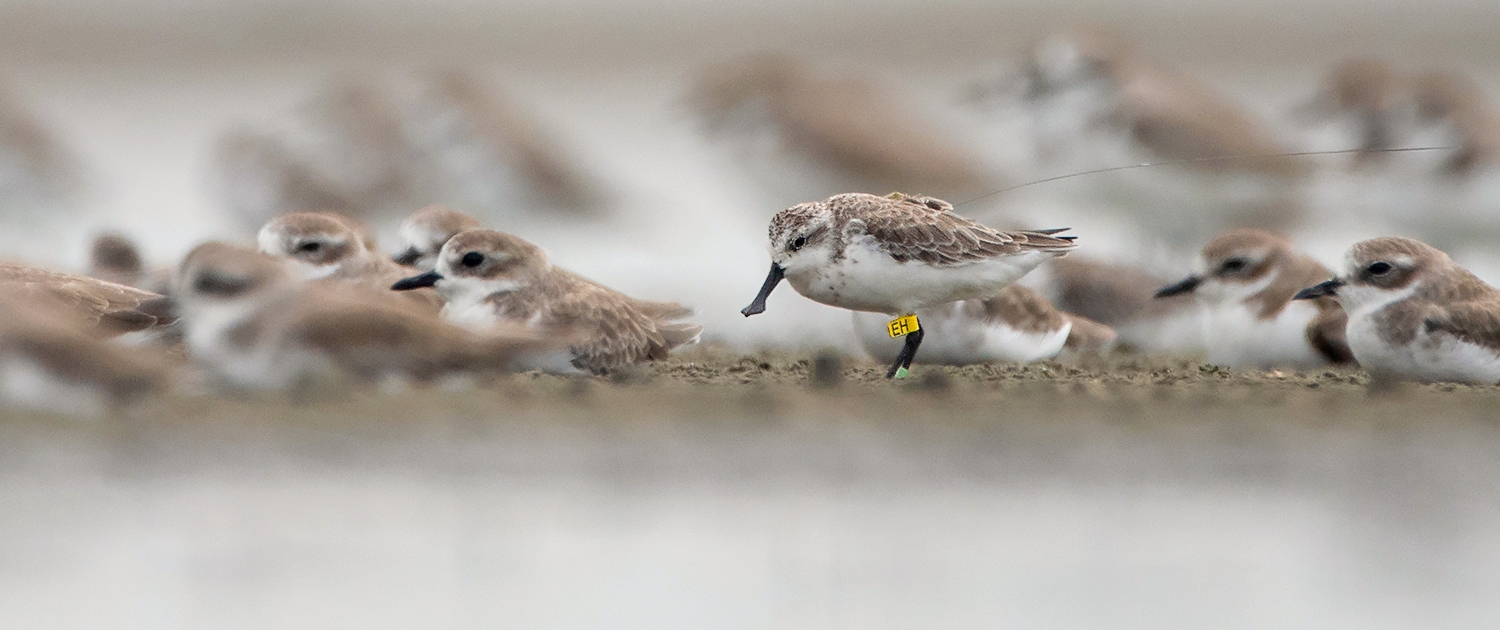
A radio-tagged Spoon-billed Sandpiper at Pak Thale. Photo courtesy of BCST.
Even further eastward, in the island nation of Fiji, Rainforest Trust helped expand a reserve for the Endangered Fijian Free-tailed Bat. Last year, we worked with our partner, the National Trust of Fiji, to establish the Nakanacagi Cave Reserve. But this new expansion covers the rest of the cave system — home to 95% of the Fijian Free-tailed Bat’s global population — and the surrounding forest habitat. The National Trust of Fiji is already working to involve communities living near the reserve in conservation and secure a sustainable future for the area’s wildlife.
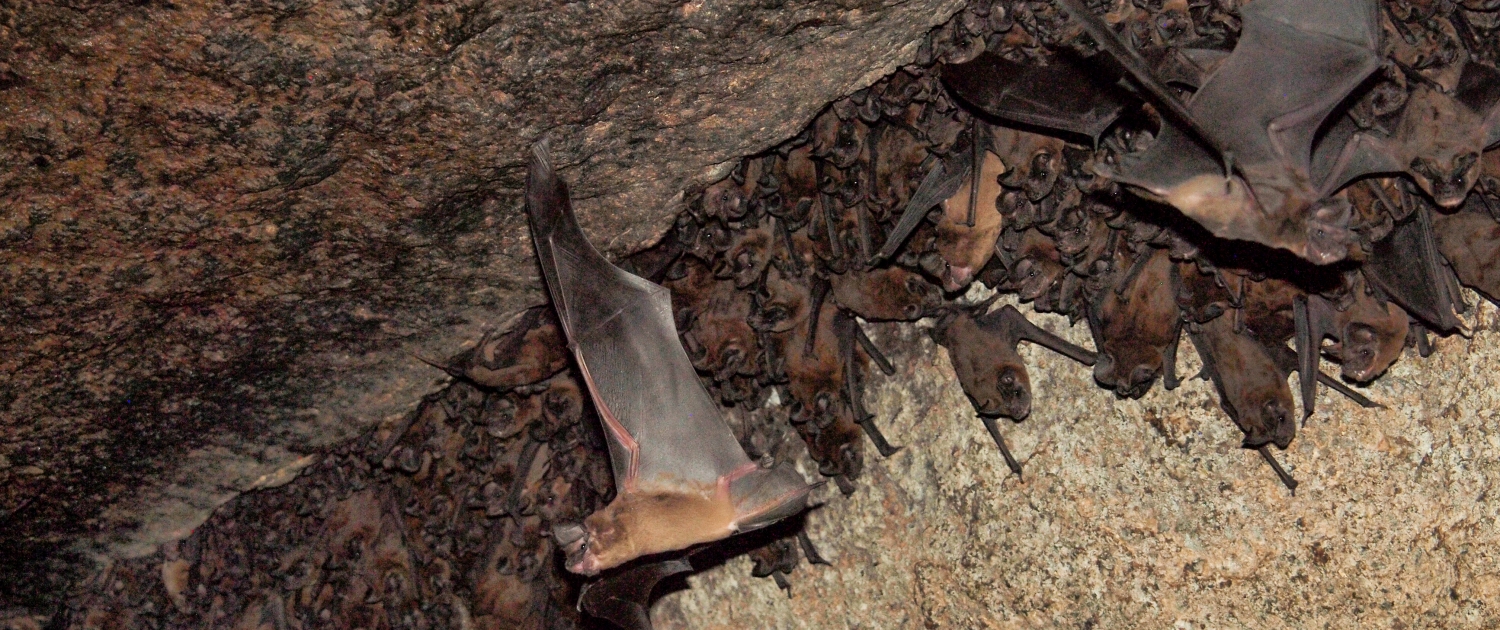
The Fijian Free-tailed Bat in the Nakanacagi Cave Reserve. Photo by Shawn Thomas/Bat Conservation International.
In addition to protecting new areas, we continued projects with existing partners and created new projects with new partners. These projects will lead to new, stronger protected areas in the years to come. One of these new projects focuses on the Saola, or “Asian Unicorn.” Discovered only in 1992, this elusive, Critically Endangered large mammal native to highland forests of Vietnam and Laos still remains mainly a mystery to scientists. But this new project will strengthen part of this species’ core habitat by over 130,000 acres in Laos. Another new project will protect almost 9,000 acres in Myanmar for shorebirds along the Bay of Bengal. We’re also continuing our work with partners in Nepal, India, Vietnam, Indonesia and the Philippines, among other countries.
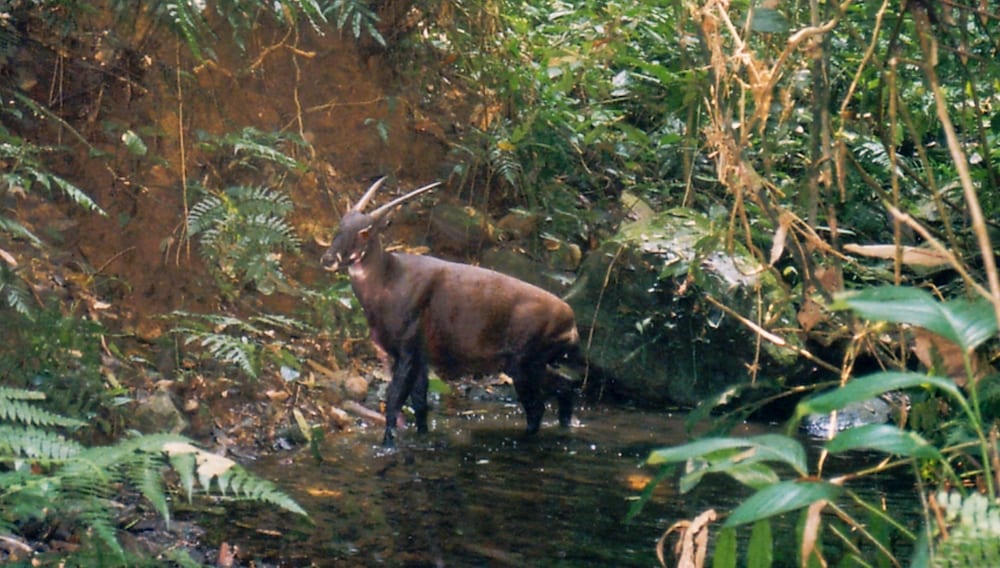
The elusive Saola, or “Asian Unicorn.” Photo by Bill Robichaud.
From the oceans of South Asia, to the rainforests of the Indonesian archipelago and the islands of the South Pacific, Rainforest Trust has been hard at work in conserving wildlife in Asia and the Pacific this year. But none of this would have been possible without your support. As we head into a new year — with new opportunities and new promise for a sustainable future — you can help us hit the ground running.
Donate now to make your mark on conservation in Asia and the Pacific.
Header photo: Two Critically Endangered Spoon-billed Sandpipers. Photo courtesy of BCST.




